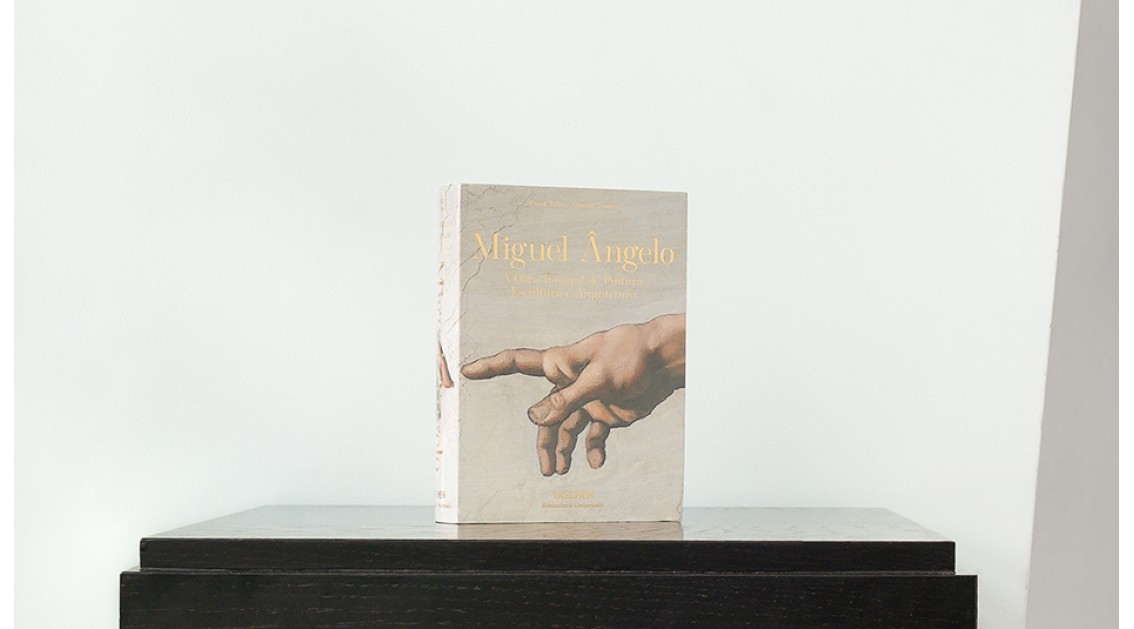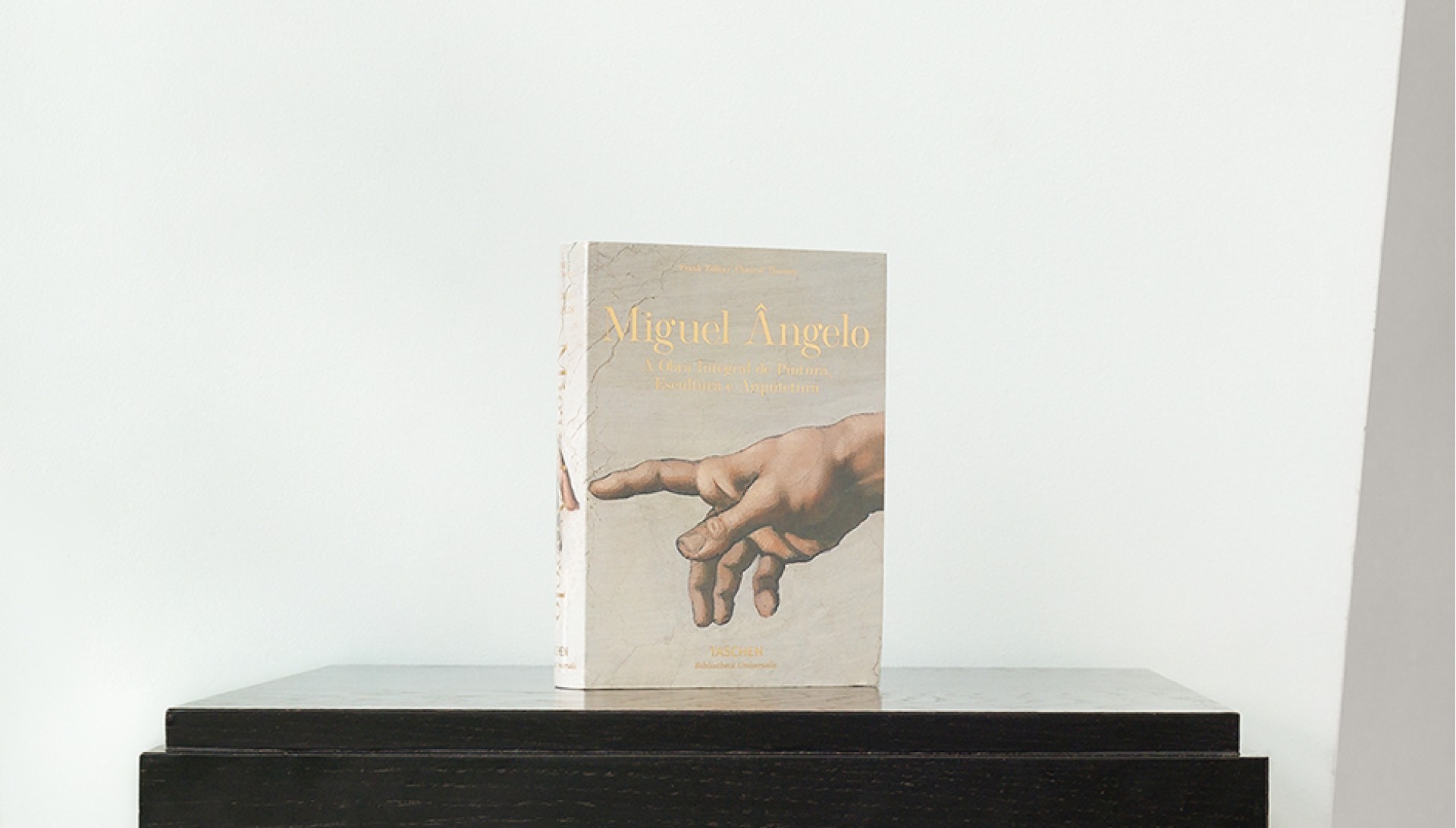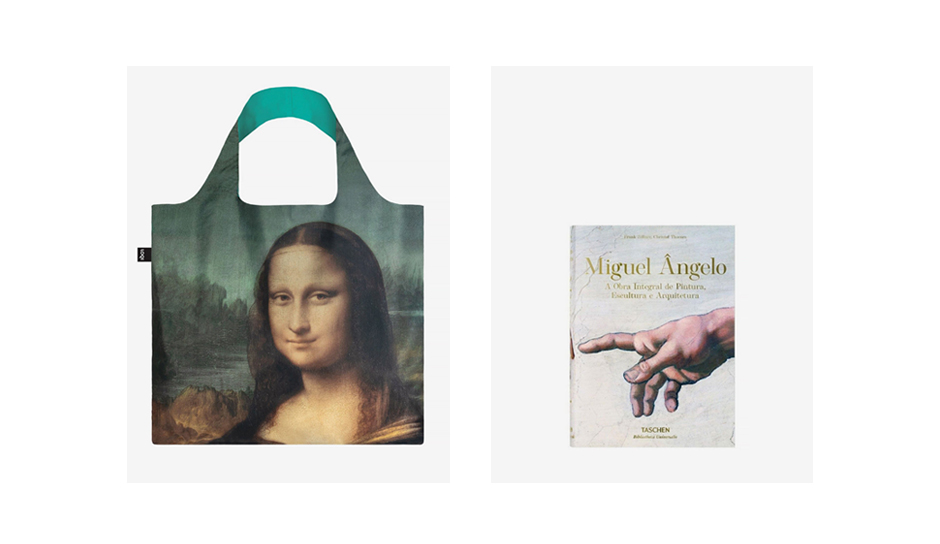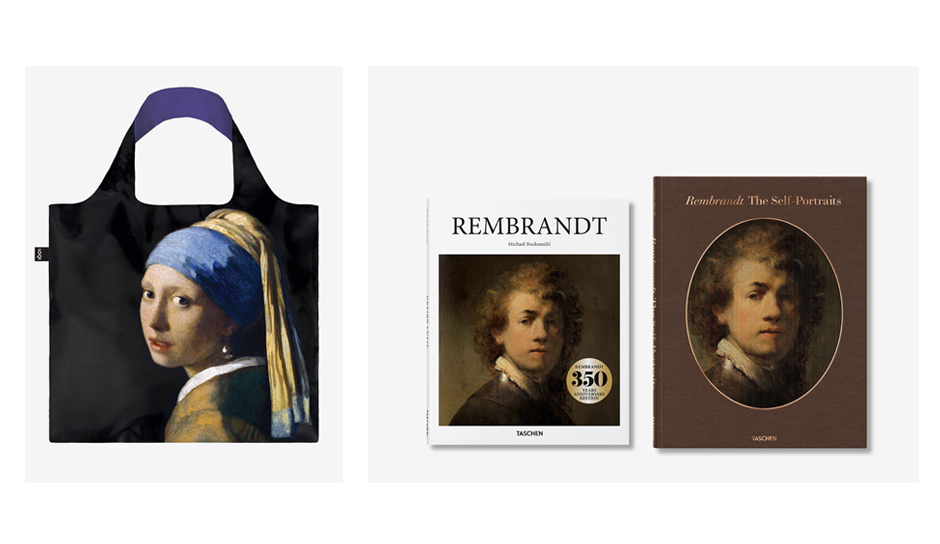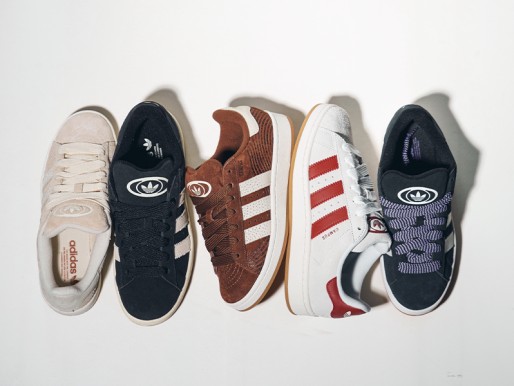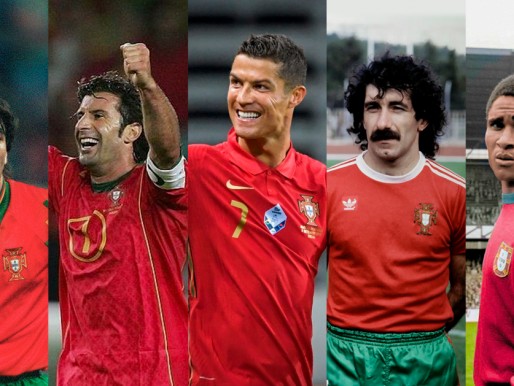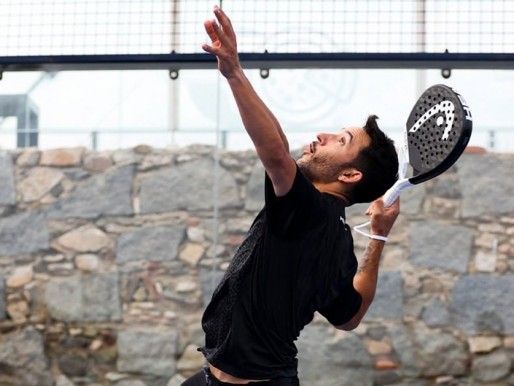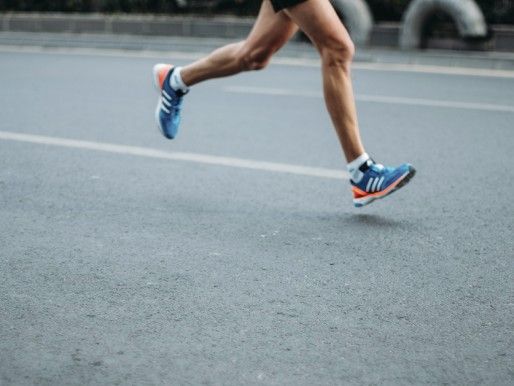Over the next few months we will take you through the corridors of an authentic museum, with the help of book publisher Taschen and handbag brand LOQI. Let's navigate through art and time together.
First of all, welcome. Today we would like to invite you to come and find out a little bit more about the history of art, namely the artistic movements of the 14th, 16th and 18th centuries. We will start by explaining who our hosts coming from Germany are: Taschen and LOQI.
Taschen is a book publisher founded in 1980. Although it started as a comic book publisher created by founder Benedikt Taschen, Taschen specialises in art books, be they painting, sculpture, architecture, design, photography, film, theatre, footwear or others. You can see all the books we have available here.
LOQI, meanwhile, is a sustainable brand that wants to get everyone wearing art with its totebags. Created in 2013 by Belinda Klaes, LOQI wants to inspire people and spread culture. Take a peek here to see the models we have on our website.
Now that you're familiar with them, let's start our tour!
Let's start with the renaissance to our right. We don't know if you're familiar with this artistic period, but it emerged in Italy in the 14th century. As the name implies, renaissance means to be born again. Basically, society went from thinking that God was at the centre of the world (theocentrism) to the view that man had a central role in the universe (anthropocentrism). This change of mentality resulted in the origin of humanism, an intellectual movement that valued man and his discoveries in areas such as science, literature and art. Some of the Renaissance characteristics are the search for harmony, symmetry and balance in artistic compositions and the development of perspective and depth. In the Renaissance there is also a reuse of the characteristic forms of classical art, thus allowing each artist to have a personal style.
We draw your attention to the artists Leonardo da Vinci and Michelangelo. Both certainly need no introduction, but let's talk a little about them.
Leonardo da Vinci was born in 1452 and was practically considered the model of the renaissance man. He was an expert in many areas. Apart from painting, he was an inventor and was always trying to figure out how everything worked, from optics and perspective to mechanics. By combining art and science, Da Vinci knew how to use light and shadow, creating an atmosphere that departed from reality and stimulated the viewer's imagination. One of his most iconic works is the Mona Lisa and in it you can see all these characteristics. Did you know that the more you focus your gaze on the Mona Lisa's lips the more you begin to notice that her smile is flat? This is due to a subtle mix of colours that takes advantage of our peripheral vision.
Supposedly no friend of Da Vinci we have the sculptor and painter Michelangelo as a second example of the renaissance. Responsible for elevating the artist's profession, Michelangelo Buonarotti was born in 1475 and believed his inspiration was divine. After studying at the Medici house, he created several famous sculptures and paintings, such as the frescoes on the ceiling of the Sistine Chapel in the Vatican. Out of curiosity, it took Michelangelo four years to complete the work on the chapel ceiling, where you can see "The Creation of Adam", and he did it practically alone and standing (no, not lying on his back!) on scaffolding. Imagine the neck pains his artwork must have caused him.
From Italy we travel to Holland
If we now turn to the left we can see examples of the 16th century art movement: the baroque. The word baroque means absurd and weird and was chosen by the critics of the time in order to ridicule the art that was made, as it broke all the rules of the classical style. In general, Baroque art had detailed, dramatic and expressive characteristics that somehow stir the viewer's emotional side. The realism, the contrast of chiaroscuro and the use of light as a gaze conductor contribute to this.
Rembrandt and Vermeer are two examples of Baroque artists. Rembrandt, born in 1625, made a name for himself as a portrait painter at a time that was considered the golden century of the Netherlands. His self-portraits form a unique, intimate and sincere biography.
Vermeer was born in 1632 and devoted his career to scenes from everyday life. Unlike Rembrandt, Vermeer did not have a vast collection of works, as he only painted under commission. The painter's paintings are characterised by the play of light and shadow and it is quite interesting to see how he used light to highlight expressions and create atmospheres. As in his famous canvas "The Girl with the Pearl Earring", Vermeer depicted bourgeois life, loading his paintings with symbolism and moral intentions.
Last stop: London
At the end of the entrance hall we can see Romanticism, the artistic movement of the second half of the 18th century. Imagination, feeling, subjectivism, intensity and individualism. These are the keywords of the movement that went against order and classical intellectual rigidity. Here, we highlight William Turner. Born in 1775, the English painter was inspired by his travels through Europe and was one of the pioneers of modernism in the field of painting. The main theme of his works is the power of nature in relation to human beings, from natural phenomena to catastrophes and the force and fury of nature.
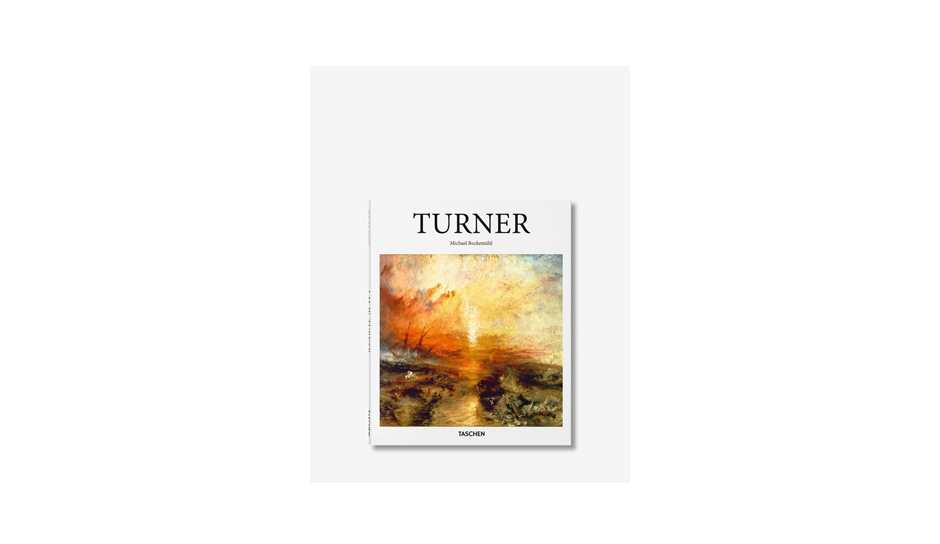
That's it for today, let's stop at the foyer. There is still much more to see and discover about the artistic movements of the 19th and 20th century. If you enjoyed this visit, you will certainly enjoy learning more about art with Taschen books and will want to proudly display LOQI bags.
Until the next visit!

